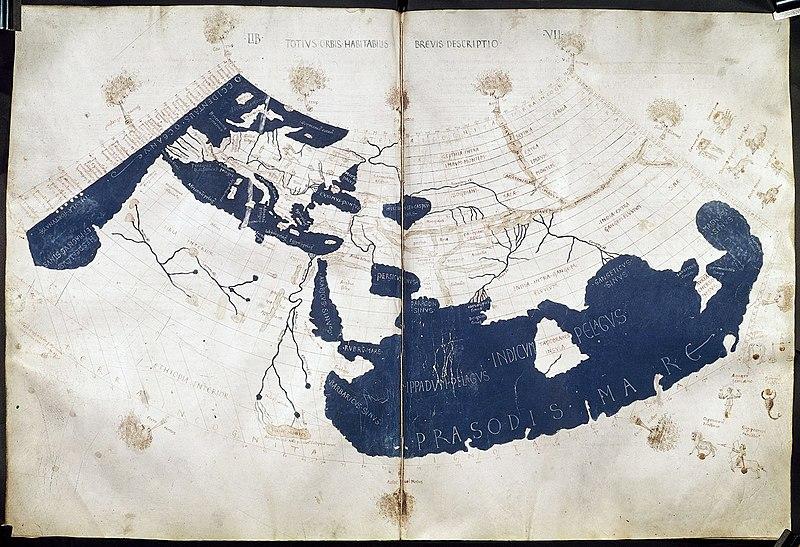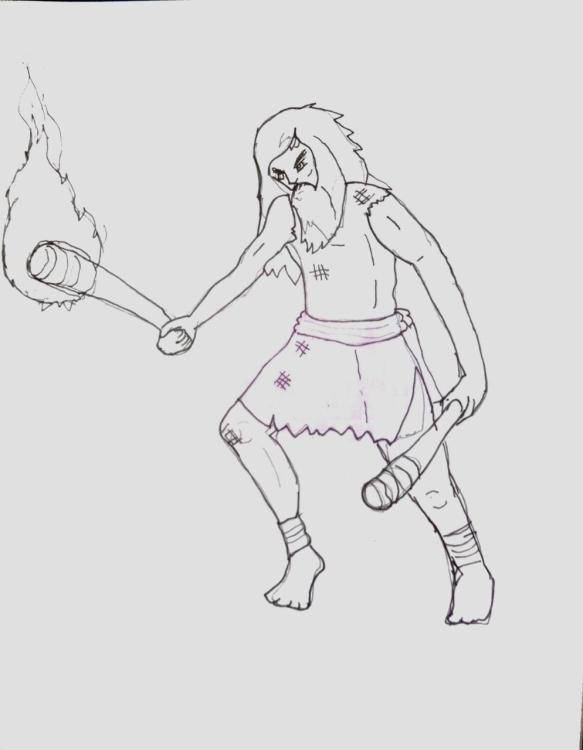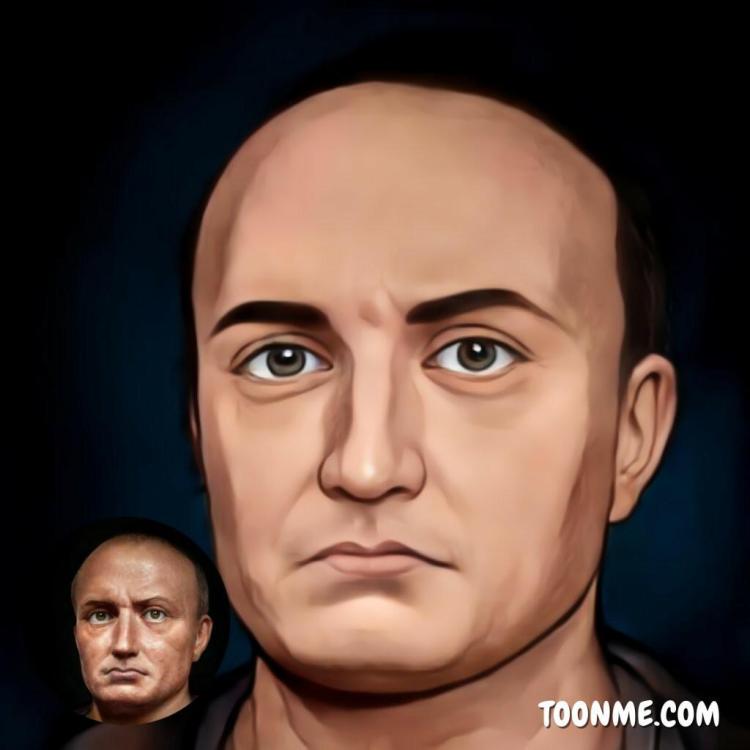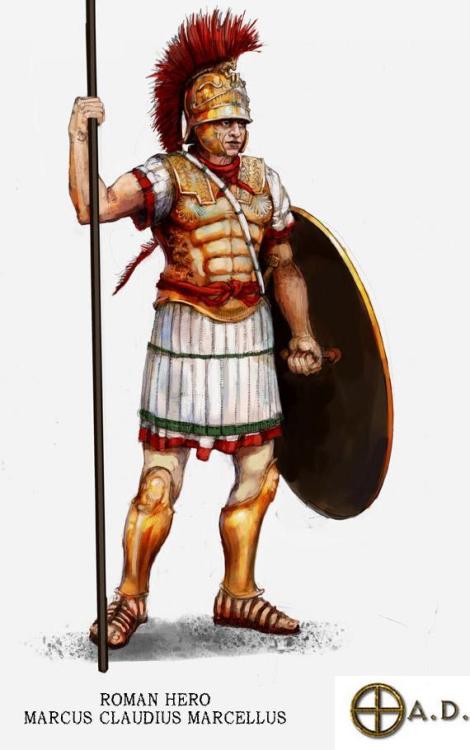-
Posts
25.684 -
Joined
-
Days Won
300
Everything posted by Lion.Kanzen
-
the game should include new player colors.
-
also campaigns should have an extra folder.
-
.thumb.png.ce58cea22940c255f5b0a735d5abee36.png)
faction Xiongnu 2.0 (reconsiderations) gameplay
Lion.Kanzen replied to Lion.Kanzen's topic in Rise of the East
https://m.bilibili.com/video/bv113411W7yT -
New proposal. This starting of new cycle. Many factions go through the redesign. Thanks to AIEND @AIEND Can be more differentiated: 1. Like the Huns in Age of Empires 2, no housing is required for population support. 2. Except for the wonders, all buildings can be packaged. 3. The functions of warehouses, barracks, and stables can all be completed by yurts (of course, this building can use the model of the current barracks). 4. Shamans, champions, and battering rams are trained by the big yurt. 5. The corral automatically trains cattle and sheep. 6. The bullock cart for packing the yurt and the bullock cart for storing resources are separated. 7. In addition to hunting and slaughtering animals, Xiongnu's soldiers and women were inefficient at logging, mining for stone and gold and could not farm. But Xiongnu can do these jobs with slaves captured from settled civilizations. 8.Cavalry costs less, infantry only needs archers, spearmen and champion archers.
-
Any auxiliar or mercenaries? ----- @wowgetoffyourcellphone thoughts...
-
.thumb.png.ce58cea22940c255f5b0a735d5abee36.png)
skirmish maps Cliffs of Carnage - new 4v4 PvP map
Lion.Kanzen replied to andy5995's topic in Scenario Design/Map making
Good. -
Agree Ok no any kind of swordman?
-
too many stuff in a single building. Need some patches.
-
I was thinking the same thing that it must look like a map.
-
what would that emphasis be?
-
Principes du droit politique), a 1762 book by Jean-Jacques Rousseau that discussed this concept. Although the antecedents of social contract theory are found in antiquity, in Greek and Stoic philosophy and Roman and Canon Law, the heyday of the social contract was the mid-17th to early 19th centuries, when it emerged as the leading doctrine of political legitimacy. The name sounds very advanced. 18th Century Legal code. Legal pact.
-
https://m.bilibili.com/video/bv113411W7yT The mod about Mongolian in AoE3 that AIEND was talking about.
-
We should give an appropriate icon to Diaspora/Cartography.
-
I'm going to try it.
-
looks kind of modern russians. they look like chechens to be specific. I know they are not related, but they look alike.
-
organic units and buildings should have their own status effects.
-
.thumb.png.ce58cea22940c255f5b0a735d5abee36.png)
0A.D Concepts (draws, etc)
Lion.Kanzen replied to Lion.Kanzen's topic in Tutorials, references and art help
-
here we ask and make drawings or sketchups, layouts concepts for the game. Helmets. Equipments. Units. Icons. Tools. scenarios. GUI Elements. Emblems Symbols. Heroes. What is the difference between this and other posts? these are our fan base user drawings. Leave your drawing and we inspire.
-
Rio de Janeiro. Lol
-
-
he is showing to you that it's working.










